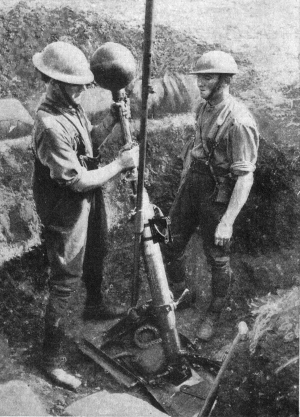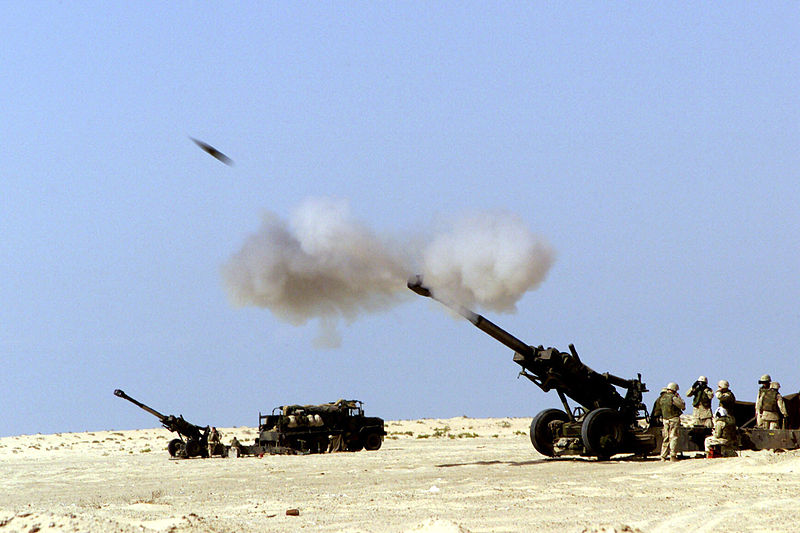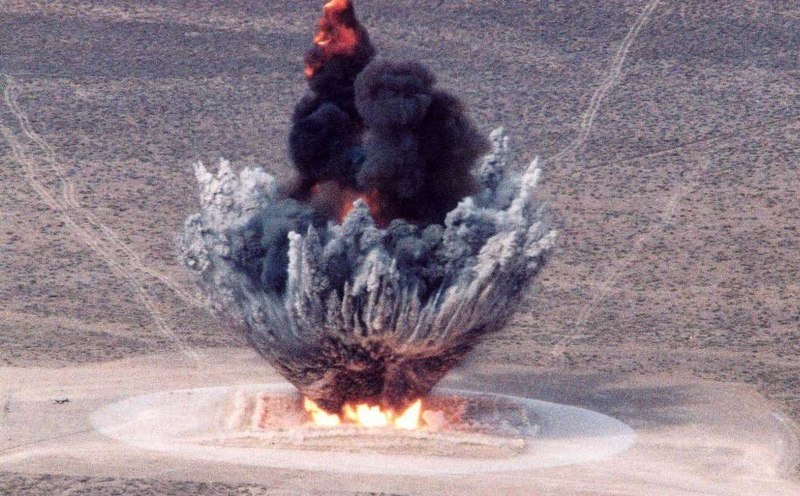All models within area terrain are subject to the same effects (usually providing concealment and or cover). Line of sight may be traced freely into and out of area terrain, regardless of incidental features that may be modeled to represent the terrain. Indeed, as with a typical forest base, objects representing the terrain, such as trees, may be shuffled around the base or even removed entirely to make room for models.
Line of Sight may not normally be traced through area terrain. (You might want to make exceptions for particularly low-lying terrain, such as bushes.
Linear Terrain
Linear Terrain is terrain that provides directional Concealment and/or Cover. Usually, it covers things like low walls or hedges. However, it only provides these benefits from a direction passing over the line of the terrain. Line of sight and fire from behind the line is unaffected.
Ruins
Ruins are a sub-type of Area Terrain. They usually consists of a base of rubble and some sticking-up walls. Sometimes, they have multiple stories (usually open in the back to allow you to set models on them. Ruins need some special rules:
- Models may trace line of sight through any part of a wall with windows or significant gaps in it. We may assume the models move around to find the windows or knock firing holes.
- Models may move through any part of a wall with windows or significant gaps in it. This is true even if the windows don't seem big enough to fit a model. We will assume the models can knock holes, climb, or blast a way through.
- Truly solid walls with no openings do not confer line of sight, or permit movement. It's either one or the other.
- If the ruins have multiple floors, we will assume they can climb up and down freely and don't need to find stairs or elevators specially to move. Movement up and down a floor is (by default) 3", even if the floors are a bit farther apart than that.
- Ruins are very difficult (4+) terrain for vehicles moving within the terrain.
- You cannot trace line of sight through Ruins, across the base.

Geek Notes
I really hate true line of sight rules, and much prefer rules such as these, for their flexibility and practicality. (And not having to micromanage every move with a laser pointer.)











.jpg/335px-Wenceslas_Hollar_-_The_bowing_gentleman_(State_2).jpg)



